Тураўскае балонне, Тураў
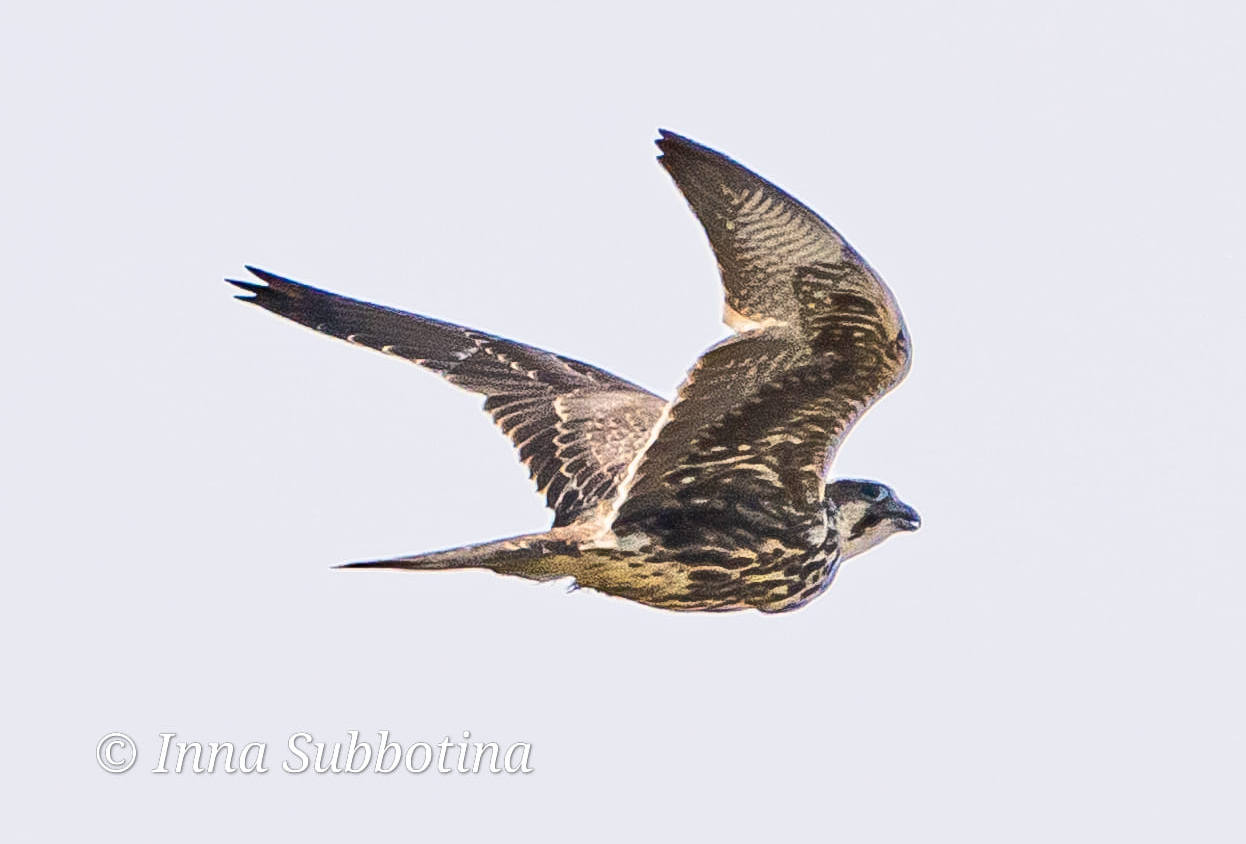
1 juv., які паводле экспертаў, толькі па здымках не можа быць канчаткова вызначаны да віда:
I have been ask to comment on these MOST interesting bird so here I am. FIRST OF ALL, IT SEEMS THAT THE DIFFICULTIES IN DISTINGUISH JUV LANNER VERSUS JUV SAKER ARE UNDER-EXTIMATED BY MOST, while given the EXTREME variability of both (and big falcons in general) it is indeed - without direct field observation (when silhouette, flying style, jizz, wing-beats pace, etc are visible) - often a very hard task. This bird indeed, is one of those extremely hard ones. I attach some photos to discuss the visible characters and what we could try to make them out of these: 1) A striking pale "hand" base, so a good contrast between base of the primaries and the solidly dark secondaries it is usually associated with juv Saker (and many adults too). This is often enhanced by the dark markings in juv. Saker versus juv. Lanner, being in the latter less solid, less complete, more "ghosting", chiefly in the basal (proximal) part of the primaries, especially the P10-P7 or anyway the outermost (see attached fig.1), contra a well barred primaries in Lanner, with dark, wide, regular dark bars all along the lenght of the primaries. In OUR bird, the hand appear paler compared to the rest of the wing, but not so much, and the primaries are completely well barred with complete bars, not interrupted, neither ghosting or partial. HOWEVER - this is a VERY variable character actually, more than literature often report. HENCE, I would NOT give too much weight on this character;
2) I see in our bird a rather strong contrast between solidly dark flanks, and paler "thighs", showing these a narrower dark centre, giving a typically pro Lanner-like feature - pale lower part (as a pale patch - thighs, rear flanks, undertail coverts, lowest vent-belly) contrasting with a darker upperparts (upper vent-belly-breast). In MANY Saker however, there is such a contrast, with flanks darker and more solidly marked than "thighs" or even rear flanks... HOWEVER, this is the case most often in pale-headed, pale birds, while it is less so or very ahrd to find in dark-headed-dark-faced-strong moustached juveniles. Our bird is rather dark-headed.
Indeed, 3) it would be a darkest example among juv Lanner, and a rther dark one also in Saker. Therefore this is an intriguing pro Lanner character here. (see also plate of variability from one of my papers, this one in German).
4) BARE PARTS - typically, in Saker the bare parts - so eye-ring, cere and legs/feet are more bluish-grey or even bright bluish than in juv. Lanner. Contra to much literatire, in juv Lanner, feet could be also rather bluish, and sometimes all the way until October after fledging, HOWEVER, in most birds they are yellowish to yellow once fledged. Same for the cere and eye-ring. Some Lanner could have these parts bluish or even bright cerulean-grey, and could be so until 1st winter. On average though, these are yellowish, chiefly after one or two months post-fledging. OUR bird has a VERY bright bluish eye-ring and cere !! I am curious too know how much this is enhanced though by the photos manipulation and colour changings! In any case, what is viceversa very interesting here, is that feet in ALL photos seems to be more yellowish that bluish, or at leats much closer to that of Lanner that of Saker, where they should appear more bluish than in these photos, and all the way into advanced 2nd CY birds. ;
5) the strong contrast on underwing (and also upperwing though less) that we could see here between GC (greater Coverts) and paler MC and LC, it is usually more associated with juv Lanner rather that juv Saker, where on average the coverts are more uniformly dark or with less strong contrast. HOWEVER, again, there is a hge variability also in this character, making hard to use this field mark alone !! Usually, dark headed bird has the darkest and most uniform underwing coverts, so in this bird they should be less contrasting. But I would not put a too strong weight on this.
NB: all in all, then, this bird is puzzling me heavily!!
Regarding the state of abrasion and fledging period - I read some wrong assumption, as the fledging time of Lanner VARY from early April until end of June (Massa et al. 1991, Leonardi, Corso, 2001, 2018 etc etc etc), with a peak by middle decade of May (ca.60%); during post-fledging period , juveniles lanners are VERY nomadic, sometimes making long-distance movements. This is one of the limiting factors for feldeggii for example, as they move so much and encounter many threats and difficulties in such post-fledging period long movements (as shooting, starving, wind-farm collision, etc etc). Hence, state of abrasion could not be used as a reliable ID character, as early fledged birds would be a little bit more abraded, while late fledged bird would be fresher! Even more, abrasion state is more visible by September-October, surely not now. At the end which is my answer: it is pretty easy - I DON'T KNOW what it is this bird for sure, on legs colour I would say Lanner, on eye-ring colour I would say Saker, on underparts and general structure I would say Lanner on period-place-likeness I would say Saker, hence I say ....simply, I am not sure ! Sorry for that . Simply, my instinct say Saker, and I would say so, but I have to base my gut feeling with scientific evidences, and I don't know how much these are actually influenced by heavely photoshppped, heavely manipulated imagines and , anyway, it is not that easy in any case in such bird.
- Увайдзіце ці зарэгіструйцеся каб пакідаць каментары.
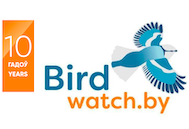



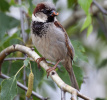
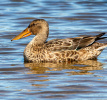
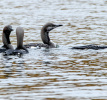
КАМЕНТАРЫ